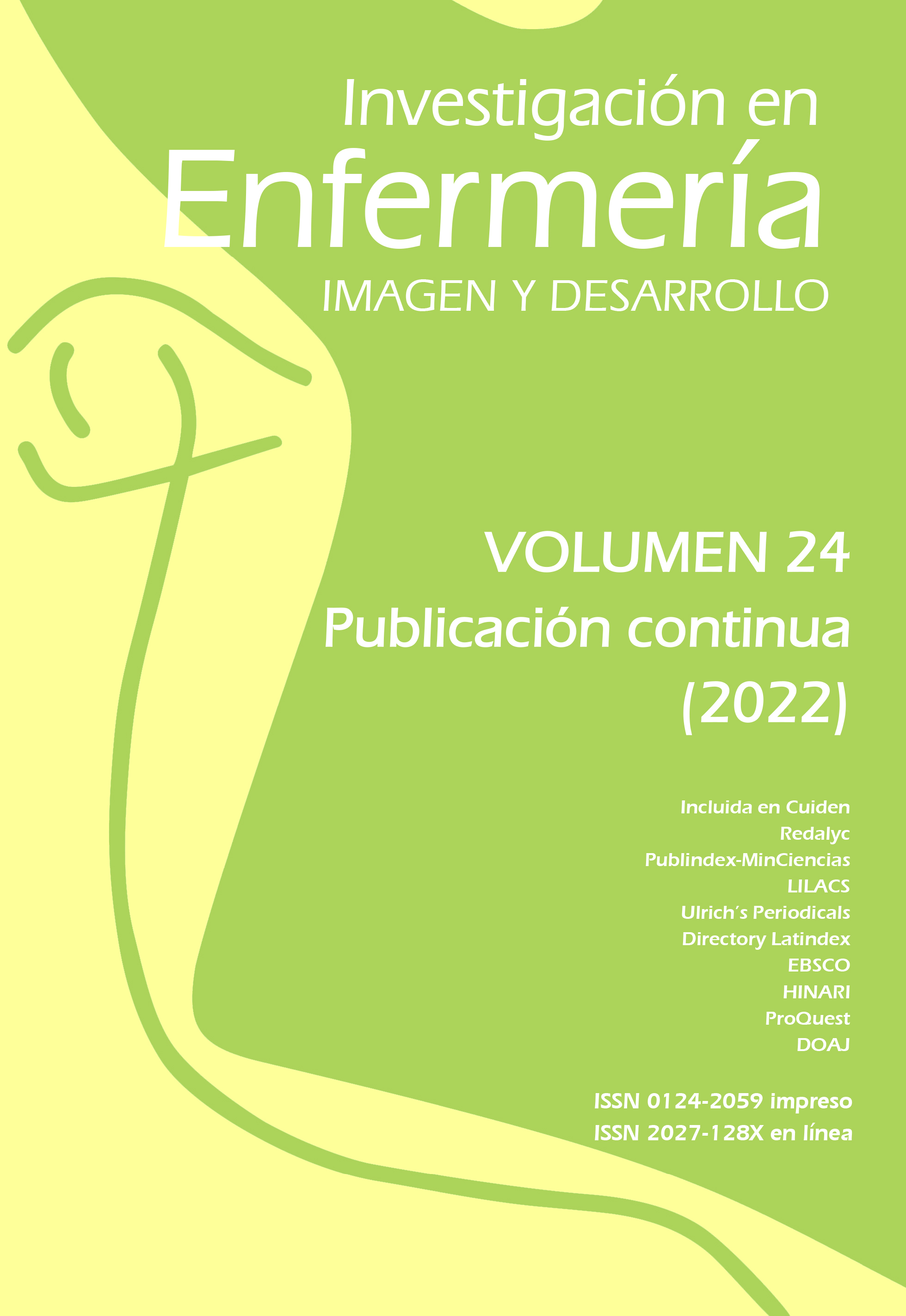Resumo
Long-term care facilities (LTCFs) comprise a large proportion of healthcare service users due to the increasing ageing population. Healthcare-associated infections (HAIs) constitute a major burden in LTCFs and are associated with significant infectious disease outbreaks and mortality. The non-adherence to effective hand hygiene practice due to missed opportunity for staff to explore its role in infection prevention and control (IPC) within these settings, has been emphasised by the COVID-19 pandemic. This article explores the factors contributing to the poor attitude of staff members towards non-compliance with IPC measures in LTCFs. Recommendations on improving IPC measures were further made based on the Infection Prevention Society competency framework which serves as a tool for individuals to improve their performance continually and become efficient practitioners. After reading this article and completing the time out activities, you should be able to (i) identify various means of promoting adequate hand hygiene in long-term care facilities (LCTFs); (ii) understand that every activity taken to prevent the spread of healthcare associated infections (HAI) begins and ends with effective hand hygiene; (iii) recognise steps to prevent cross infection through improved compliance with the five moments of hand hygiene in LTCFs; (iv) develop a satisfactory attitude towards hand hygiene compliance in the workplace, and (v) appraise own competence, recognise areas for further improvement, and devise means of promoting staff compliance through evaluation and feedback.

Este trabalho está licenciado sob uma licença Creative Commons Attribution 4.0 International License.
Copyright (c) 2022 Investigación en Enfermería: Imagen y Desarrollo


